Attractions

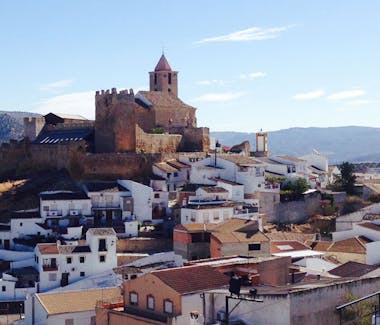



Iznájar 14970 Córdoba
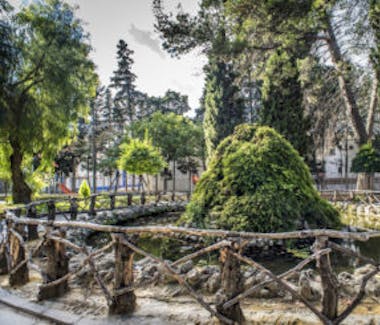
14960 Rute, Córdoba, Spain
Rute
Rute - Attractive town with several unusual museums (Anisette, chocolate, sugar, ham, nougat....) (Approx. 20 mins)
Chocolate Factory and Nativity Scene (Belén de Chocolate)
Museum of Ham (Museo de Jamones) - Learn more
Museum of Sugar (Museo de Azúcar) - Learn more
Museum of Anis (Museo de Anís) - Learn more
Museum of Nougat (Museo del Turrón Artesano) - Learn more
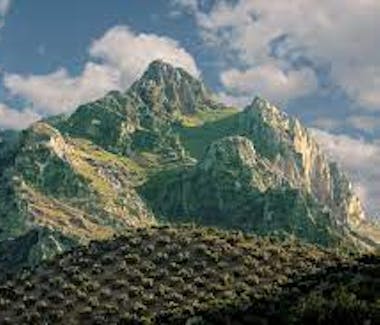


https://goo.gl/maps/9n3gtcsQTP9XtiUK7
Parque Natural de la Sierra Subbética
Known as the Parque Natural de la Sierra Subbética, this is a protected area with a huge ecological wealth and beautiful scenery, divided into eight municipalities. (The Cortijo is located in the Parque) Learn more...
This Vía Verde de la Subbética region, which runs along the old railway track and has been converted into a 52 km path, is designed for the enjoyment of hikers, cyclists and horse riders alike as they travel through the municipalities that make it up: Almedinilla, an important archaeological site; Cabra, with wonderful, varied architecture and scenery; Carcabuey, the heart of the nature reserve; Doña Mencía, where the famous wines come from; Fuente-Tójar, land of “dancers”; Iznájar, which lends its name to the reservoir; Luque, a stunning natural entrance to the Sierras Subbéticas; Priego de Córdoba, the Baroque jewel of Andalucía; Rute, with its sweet aniseed fragrance, and Zuheros, of picturesque Arabic-Andalusian beauty.
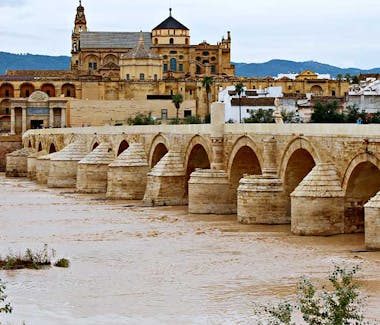
Córdoba, Spain
Córdoba
Córdoba, (approx. 1hr 20 mins) the capital city, is in the middle of the province. It sprawls over both banks of the River Guadalquivir and is the setting for three cultures: Moorish, Jew and Christian.
The city of Córdoba is one of the most popular due to its historical legacy and heritage. The old town has been declared a World Heritage site.
About 5 km from the capital city you can visit the remains of the Medina Azahara or Madinat al-Zahra, a court city built on the orders of Caliph Abd al-Rahman III to become the capital of the Caliphate, the royal residence and seat of government. As legend goes, it was his favourite, called Zahra, who suggested he build this beautiful city, hence its name.
Discover all of the attractions that Córdoba and the surrounding area has to offer.
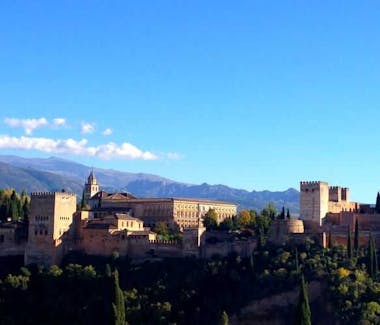
Granada, Spain
Granada
(Approx. 1hr 30 mins.) The Alhambra was a palace, a citadel, fortress, and the home of the Nasrid sultans, high government officials, servants of the court and elite soldiers (from the 13th to the 14th century). Today, the monument is divided into four main areas: the Palaces, the military zone or Alcazaba, the city or Medina and the agricultural estate of the Generalife. All of these areas are surrounded by woods, gardens and orchards.
Other notable buildings belonging to a different time period are also included, such as the Renaissance style Palace of Charles V, which houses the Alhambra Museum (most of the items are from the site of the monument) and the Fine Art Museum.
Three different impressions of Granada throughout time:
Al-Suqundi, 13th century: "Granada is the Damascus of Al-Andalus, a pasture for the eyes, an elevation of the soul. It has an in-expugnable castle of tall walls and magnificent buildings. It stands out for the singularity of its river, which disseminates through its houses, baths, Moorish markets, internal and external mills and gardens".
Víctor Hugo, 19th century: "Be it near or far, Spanish or Arabic, There is not one single city, Which dare dispute, With Granada, the beautiful, The prize of beauty, Nor any that show, With more enchantment or jollity, Brighter eastern sparkles, Under a more serene sky".
Pedro Antonio de Alarcón, 19th century: "Who has not heard of and admired Granada without even visiting it?".
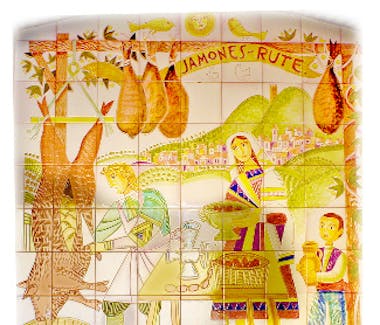
Calle Ntra. Sra. de la Cabeza, 5, 14960 Rute, Córdoba
La Casa Museo de Jamones en Rute
View On Map